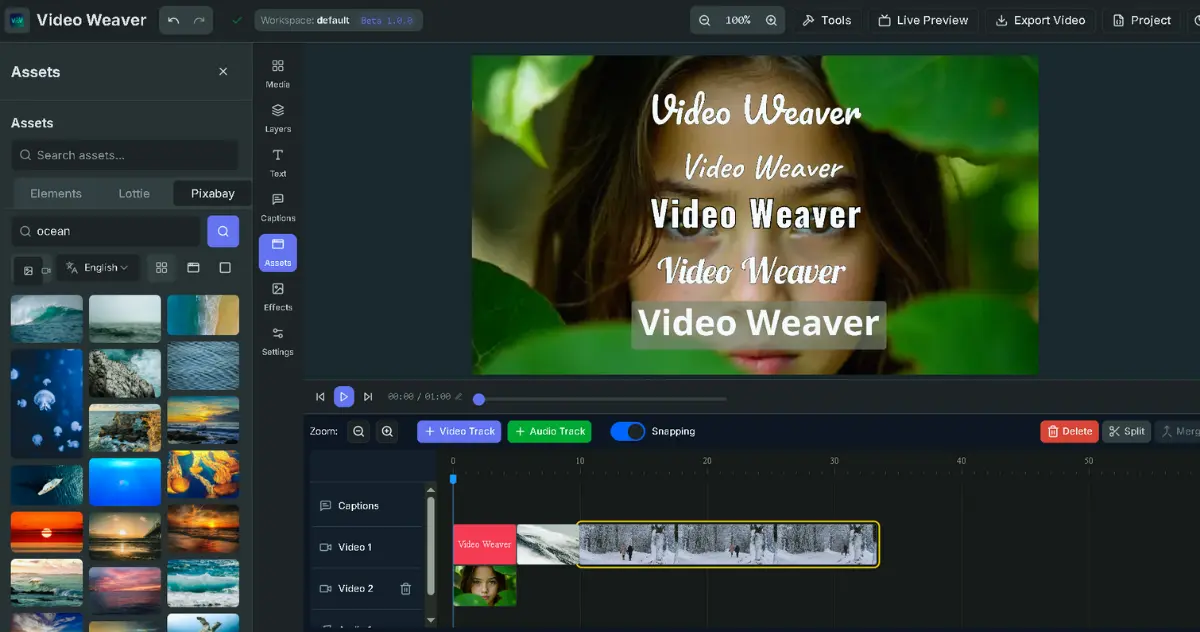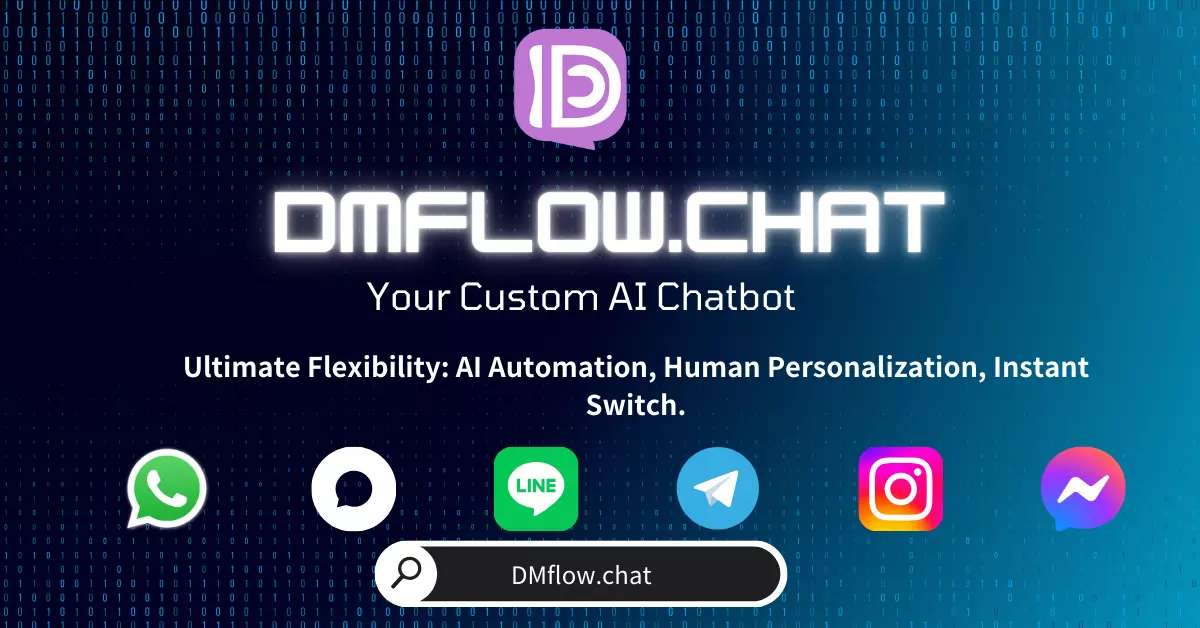This week, Google released major updates that shook the tech world. Not only did it launch the Gemini 3 model with significantly improved reasoning capabilities, but it also unveiled the new Antigravity development platform, attempting to completely change the collaboration model between developers and AI. From the CLI tools in the terminal to Scholar Labs for academic research, and even the strategic alliance between Microsoft and Anthropic, this article will provide an in-depth analysis of how these changes will affect future workflows.
The pace of the tech world is always dizzying, and this week’s updates are particularly exciting. Google seems to have decided to release all its accumulated R&D energy at once, with major upgrades in almost every aspect, from the underlying models to end-user applications. This is not just a version number jump, but a declaration: AI is transforming from a simple chatbot into an “Agent” that can actively plan, execute, and complete complex tasks.
If you are a developer or someone who closely follows how AI tools are changing the way we work, the release of Gemini 3 and the accompanying Antigravity platform is a turning point worth taking the time to understand. This article will break down the practical application scenarios of these new tools and integrate the latest industry dynamics.
1. Gemini 3: A New Level of Reasoning and “Vibe Coding”
Google has officially launched the Gemini 3 model, which is currently the company’s most intelligent model. The core of this upgrade is not simply data stacking, but a qualitative change in “Reasoning” ability.
What is Vibe Coding?
You may have heard of “Prompt Engineering,” but Gemini 3 emphasizes “Vibe Coding.” This is a rather interesting term, meaning that developers no longer need to stick to perfect syntax or rigid instructions, but can convey the “feeling” or “high-level ideas” in their minds to the AI through natural language.
Gemini 3 excels in handling ambiguous instructions, long text context, and complex tool calls. This means that when you say “make a retro, 80s-style web game,” it not only understands your aesthetic requirements but can also handle the multi-step planning, code writing, and generation of rich visual effects behind it.
Breakthroughs in Visual and Spatial Reasoning
In addition to text and code, Gemini 3 has also set a new standard in Multimodal understanding:
- Video Reasoning: It can understand video content at a high frame rate and accurately locate specific details from videos that are hours long, which is extremely valuable for video editing or content analysis.
- Spatial Reasoning: This is crucial for robotics and XR (Extended Reality) devices. The model can now more accurately predict trajectories and understand user intent on the screen (such as the path of a mouse movement), paving the way for future automated operations.
2. Google Antigravity: Not Just an IDE, but a Base for AI Agents
If Gemini 3 is the brain, then Google Antigravity is its body and workstation.
Current Integrated Development Environments (IDEs) are mostly designed for humans to write code. However, as AI becomes capable of autonomously writing, debugging, and even deploying code, the old interfaces are becoming inadequate. The emergence of Antigravity is precisely to meet this demand. Developers are advised to refer to the Antigravity official getting started guide to get up to speed quickly.
“Agent-centric” Design
Antigravity is defined as an “Agentic Development Platform.” While its core retains the IDE experience familiar to developers, it introduces several key changes, which are detailed in the Antigravity professional use cases:
- Browser Control: The AI agent can directly control the browser for testing or retrieval.
- Asynchronous Interaction Model: Developers don’t need to watch the AI write every line of code. Instead, they assign tasks and let the AI plan and execute them autonomously in the background.
- Collaborative Architecture: Developers transform into “architects,” collaborating with multiple AI agents running in the editor, terminal, and browser.
This shift elevates the developer’s role from “executor” to “supervisor,” enabling the automation of complex end-to-end software tasks.
3. The Evolution of the Gemini App: Generative Interfaces and Dynamic Views
For general users, the upgrade of the Gemini App may be the most noticeable. Google has introduced the concept of “Generative Interfaces,” which is a rather bold attempt.
Interfaces that Change with Demand
Traditional app interfaces are fixed, but Gemini 3 can generate the most suitable browsing interface in real-time based on your query:
- Visual Layout: When you plan a travel itinerary, it won’t just give you a bunch of text, but will generate a magazine-style page with images, maps, and modular information.
- Dynamic View: Using Gemini 3’s code generation capabilities, it can even “write” an interactive mini-program in real-time to answer your questions. For example, if you ask about the background of a Van Gogh painting, it might generate a clickable, scrollable interactive tour page.
In addition, the new Gemini Agent feature will be gradually rolled out to Google AI Ultra users. It can perform multi-step tasks across applications (such as Gmail, Google Calendar), such as “help me find a flight to a certain place next week and add it to my calendar,” all handled automatically.
4. Gemini CLI: Your Smart Partner in the Terminal
For engineers accustomed to using the Command-Line Interface (CLI), the integration of Gemini 3 Pro in Gemini CLI is a huge productivity boost.
Say Goodbye to Complex Shell Commands
We’ve all had moments when we’ve forgotten a tar or ffmpeg command parameter. Now, you can simply tell the Gemini CLI what you want to do in natural language, and it will automatically convert it into a precise Shell command.
Practical Application Scenarios
Google has shared several very practical use cases:
- Automated Debugging: When your Cloud Run service has performance issues, Gemini can connect with observability tools, security scanners (like Snyk), and source control systems to automatically find the root cause and suggest a fix.
- Git Bisect Assistant: This is a pain point for every developer. You can ask the Gemini CLI to help you run
git bisectto find out which commit caused the bug, and you only need to be responsible for judging the result. - Real-time Document Generation: It can read your codebase, understand complex logic, and generate clear, human-readable documentation.
5. Google Scholar Labs: An AI Assistant for Academic Research
The academic community has also received good news. Google has launched Scholar Labs, an experimental feature for academic search.
Imagine you need to answer a complex, interdisciplinary research question, which usually requires reading dozens of papers and synthesizing the viewpoints yourself. Scholar Labs can act like a high-level research assistant, analyzing your question from multiple angles, automatically identifying key themes, and finding relevant papers in Google Scholar’s massive database. It not only lists search results but also evaluates and explains how each paper specifically responds to your research question. This will significantly shorten the time spent on literature review, allowing researchers to focus more on innovation.
6. Industry Dynamics: The Major Alliance between Microsoft and Anthropic
While Google is flexing its muscles, its competitors are not sitting idle. Microsoft, NVIDIA, and Anthropic have announced a strategic partnership, and the AI arms race is heating up.
- Claude on Azure: Anthropic will expand its Claude model services on Microsoft Azure. This means that Azure customers can more easily use models like Claude 3.5 Sonnet and Opus.
- Hardware Support: Anthropic has committed to purchasing up to $30 billion in Azure computing power and will use NVIDIA’s latest architecture (such as Grace Blackwell) to train its next-generation models.
- Full Integration: Microsoft has promised to continue providing access to Claude in its Copilot family of products (GitHub Copilot, Microsoft 365 Copilot).
This shows that the AI model market is moving towards a “multi-model coexistence” ecosystem, where enterprises are no longer held hostage by a single model provider and can flexibly choose according to their needs.
7. Other Noteworthy Tool Updates
In addition to the moves by the giants, there is also new information about tools commonly used by the developer community:
- TRAE SOLO Becomes a Paid Feature: The well-regarded TRAE SOLO feature has been announced as a paid feature starting November 19, 2025 (TRAE Pro). It uses a token-based billing system and provides Fast Request credits. However, the official website also offers some activities for users to have the opportunity to extend their free trial period.
- MiniMax M2 Free for a Limited Time: Another popular coding model, MiniMax M2, is once again free for a limited time on the Cline platform. This model is known for its excellent performance in complex tasks and fast inference, making it a great opportunity for developers who want to try different Coding Agents.
Frequently Asked Questions (FAQ)
In response to the large amount of updated information above, we have compiled the following questions that readers are most concerned about:
Q1: After TRAE SOLO becomes a paid feature, how will the old balance or credits be calculated?
If you are a Pro Monthly user and upgrade to Pro Annual, the remaining monthly balance will be converted into Credit and applied to the new order. If you run out of Fast Requests, you can still enter SOLO mode, but you will only be able to use non-SOLO functions until you replenish your credits. In addition, Extra Packages can be stacked.
Q2: Can I use Gemini 3 Pro now?
Currently, Google is adopting a gradual rollout strategy.
- Gemini CLI: If you are a Google AI Ultra subscriber or have a paid Gemini API Key, you can now use it by upgrading the CLI to version 0.16.x and enabling the preview feature.
- Gemini App: Gemini 3 Pro has begun to be rolled out globally. You can experience it by selecting the “Thinking” mode.
- Antigravity: It is currently in Public Preview and is available for download for macOS, Windows, and Linux users.
Q3: What impact does the cooperation between Microsoft and Anthropic have on general developers?
This means that developers will have more choices on the Azure platform. Previously, Azure was mainly tied to OpenAI. Now, you can more flexibly deploy and use Anthropic’s Claude series models in Azure’s enterprise-level environment. This is a great boon for enterprises that require specific model features (such as Claude’s powerful coding capabilities).
Q4: Is Google Scholar Labs available to everyone?
Currently, Scholar Labs is only available to some logged-in users. This is an experimental feature, and Google is collecting feedback for adjustments.




